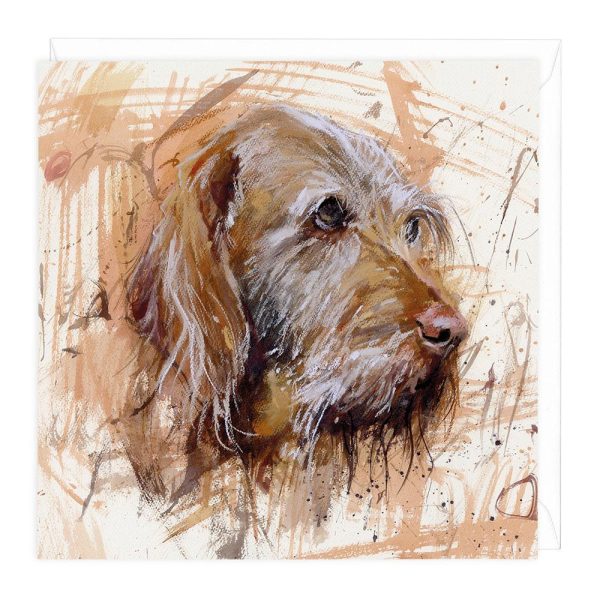
Jolie still wanted to be an actress, and Vilmos agreed to a divorce, but Jolie had become pregnant, and it would be twenty-two years before Jolie got her divorce. Making the best of things, Jolie opened a jewelry store, a continuation of her father’s business, and gave birth to Magda. Given the presumed state of their marriage, it was curious that Jolie and Vilmos would have two more daughters, but it was these girls who would have the fame their mother had dreamt of for herself.
They were the Gabor sisters: Magda, Zsa Zsa and Eva, the ultimate international beauty queens. Of the three, Eva was the most prominent as an actress, her most famous role being “Lisa” in the cult favorite TV show, Green Acres, but Zsa Zsa was probably the best known, in no small part because of her showy personality. It is Zsa Zsa who will help us with this post.
If you are of a certain age, Zsa Zsa was a household name, and everyone knew how to say it. It wasn’t, “Za-Za,” it was ZHAH-zhah, emphasis on the first syllable, and each syllable pronounced the way you would say “viSION.” That is how the “zs” combination is pronounced in Hungarian, and that is why the Vizsla’s name is accurately pronounced VEE-zshla.
